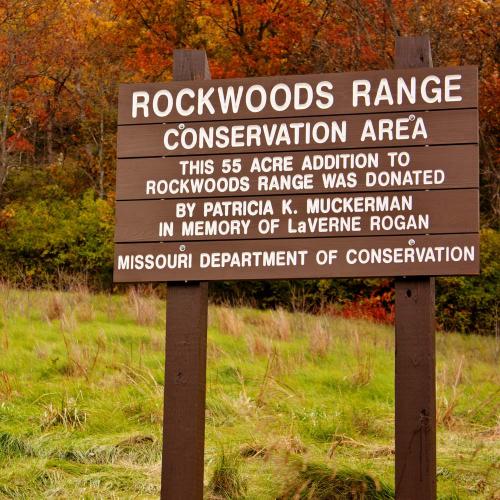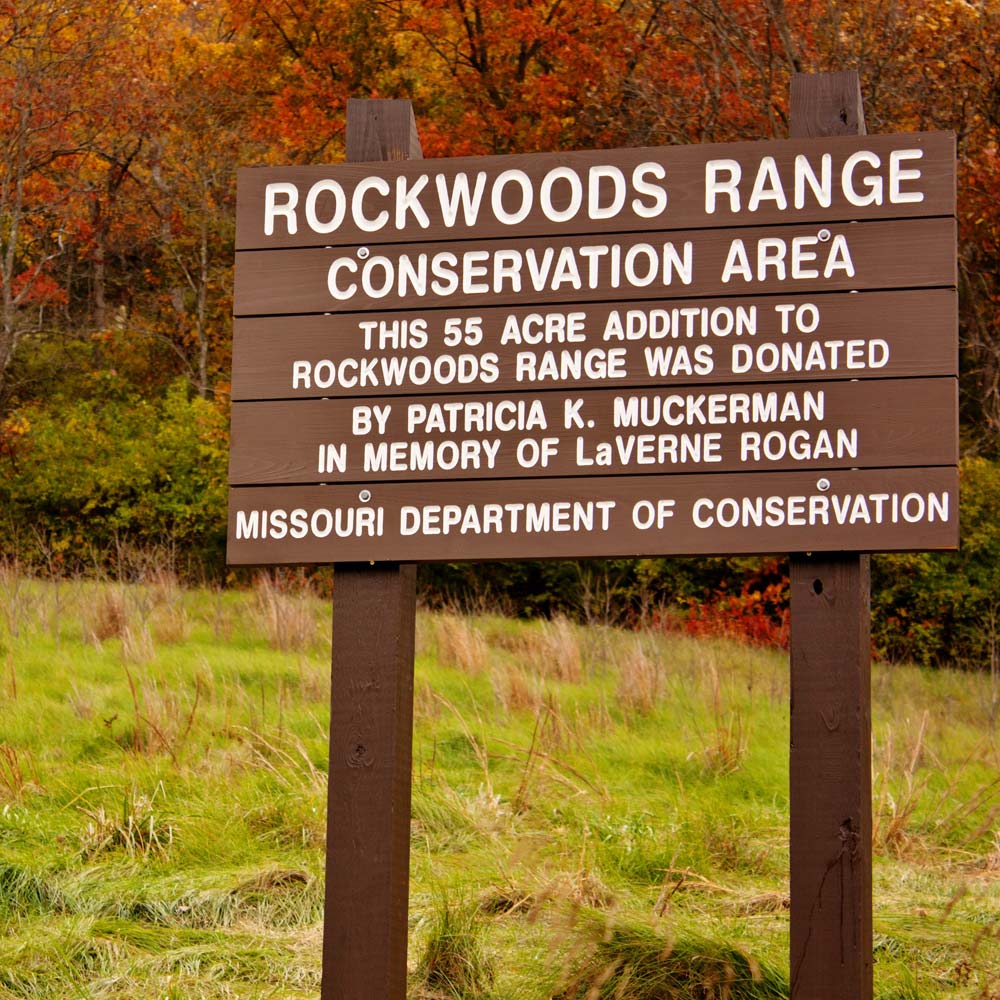
Xplor reconnects kids to nature and helps them find adventure in their own backyard. Free to residents of Missouri.


































Stay in Touch with MDC news, newsletters, events, and manage your subscription

Xplor reconnects kids to nature and helps them find adventure in their own backyard. Free to residents of Missouri.

A monthly publication about conservation in Missouri. Started in 1938, the printed magazine is free to residents of Missouri.


EL DORADO SPRINGS, Mo. – Putting an insect in a hole next to a dead bird seems like an odd way to learn more about sustaining one of Missouri’s disappearing habitats.
However, prairie conservation is one of several topics state and federal biologists hope the American burying beetle will provide information about.
Eighty-four male-female pairs of this federally endangered insect were released on June 3 at Wah’Kon-Tah Prairie in northern Cedar County. This project is being spear-headed by the St. Louis Zoo and its Center for American Burying Beetle Conservation. Other partners in the project are the Missouri Department of Conservation, the U.S. Fish & Wildlife Service and The Nature Conservancy.
“This beetle has very unique characteristics that we need to learn more about,” said Len Gilmore, a wildlife management biologist for the Missouri Department of Conservation (MDC). “From a prairie manager’s perspective, this re-introduction helps me understand how the beetle responds to the management of the prairie and what adjustments are needed in the management.
“Simply put, the American burying beetle is a missing piece of an ecosystem puzzle,” he continued. “The picture is not complete unless all the pieces are in place.” Gilmore oversees MDC’s management at Wah’Kon-Tah. The 3,030-acre prairie is owned by the Nature Conservancy of Missouri and managed by MDC. It, along with the state’s other native grasslands, are remnants of the tall-grass prairie habitat that once covered more than one-fourth of Missouri.
Along with learning more about habitats around the beetle, biologists also hope to learn more about the insect, itself, and why it has disappeared from much of its North American range. Once found throughout much of the central and eastern U.S. in prairie and woodland habitats, this orange-and-black insect (Nicrophorus americanus) that can grow to slightly more than an inch in length now occupies only a small fraction of its former range.
“We hope to learn more about the decline of the species because right now we have to be honest; we really don’t know a lot about why it disappeared,” said Bob Merz, the St. Louis Zoo’s zoological manager of invertebrates and the director of the Center for American Burying Beetle Conservation.
Missouri had been part of the American burying beetle’s original range, but prior to a release at Wah’Kon-Tah in 2012, the last sighting of the insect in the state was in 1972. This year’s burying beetle release replicated the 2012 event: A male-female pair of beetles was placed in a pre-dug hole next to pen-raised quail carcass. The dead quail will serve as a food source for the beetles and the offspring it’s hoped they will produce. The final act of the release was to cover beetles and carcass by gently replacing the sod plug that had been removed to create the hole. The sites will be monitored throughout the summer. More releases are planned for the future.
The presence of the beetles on Wah’Kon-Tah will bring no changes for adjacent landowners in the release area. They do not affect crops or livestock in any way and thus, there are no land-use rules regarding their presence on private property. Because burying beetles are nocturnal and endangered, it’s doubtful many people will see them. But for the biologists who will be looking for them, any sightings of American burying beetles could be one more encouraging sign that the state’s remnant patches of prairie are doing well.
“Re-introducing this beetle to Wah’Kon-Tah Prairie places a species that was once here back into the tall grass prairie ecosystem,” Gilmore said. “The more diversity of native plant and animal species that occur in an ecosystem, the more stable that ecosystem will be.”